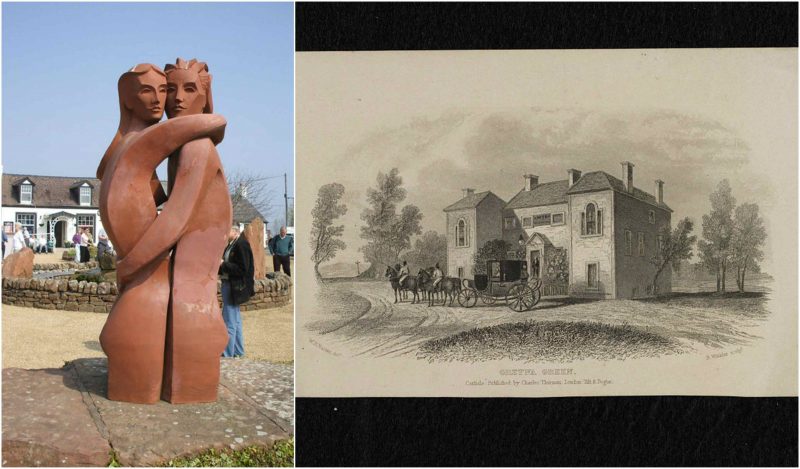Gretna Green is probably the most romantic place in the UK and even further. Its history of romance and Scottish wedding traditions resisted assimilation with the British marriage laws and preserved its identity. Of course, that’s a little wonder for Scotland.
The village became popular for the “runaway marriages” when the Lord Hardwicke’s Marriage Act came into force in England in 1754.
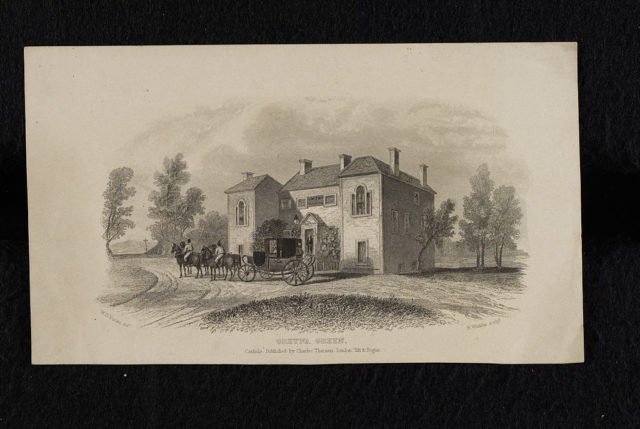
According to this law, every young person at the age of 21 was eligible for marriage and could marry a willingly chosen partner without their parents’ or guardian’s consent. It also stated that the marriage should be a public ceremony, officiated with an authority by the Church. The law was enforced very rigorously and there was a sentence of 14 years transportation for any clergyman who would break it.
The Act force changed the customs in England and Wales but was hardly able to do the same in Scotland, where people could get married at the age of 15, 14, and even 12 with or without parental consent. There was only the need for non-family relatedness between the partners to be confirmed as well as their current marital status, stating single. Other than that, people (or children) could do whatever they wanted.
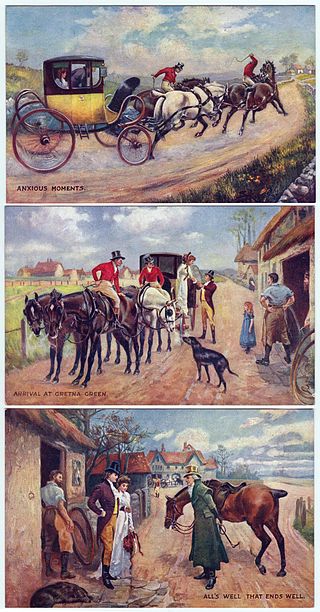
A public ceremony wasn’t required and the marriage contracts were made whenever the couple wanted, in or without the presence of others. The ceremony was as simple as this: “Are you of marriageable age? Yes; Are you free to marry? Yes; You are now married”.
With the new Marriage Act, during the 1770’s a new toll road was constructed that connected England with Scotland and it passed just beside the village of Gretna Green which was on the Scottish border. So English couples who were eager to marry could easily achieve that by traveling to Gretna Green. The village soon became the destination for eloping couples as the new road made it pretty accessible.
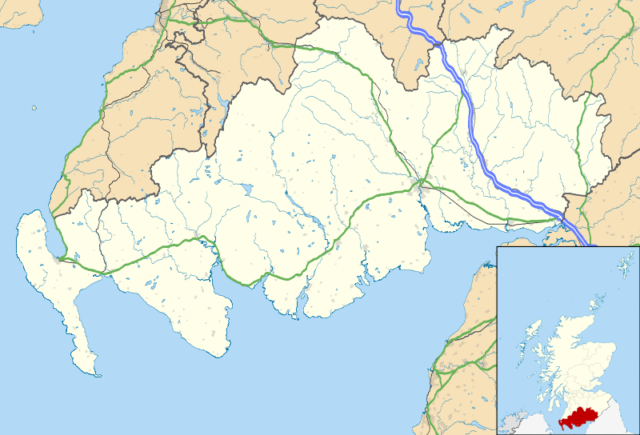
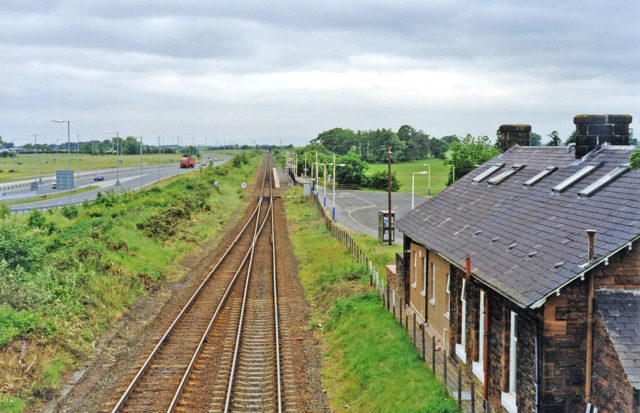
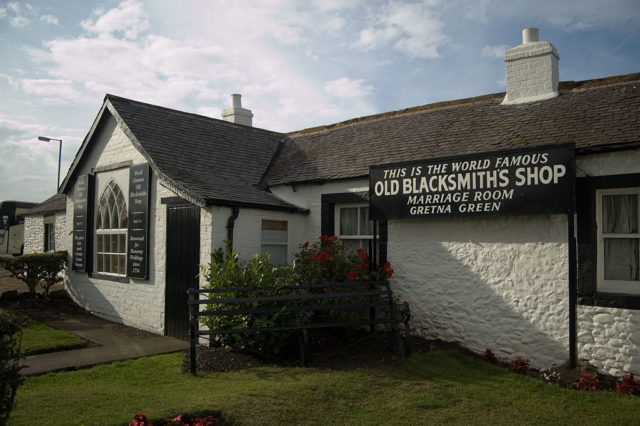
Unlike the Scots who generally didn’t care, English couples preferred someone in authority to monitor the ceremony as in the English tradition.
The most relevant person for such events was the village blacksmith. He worked at the Old Blacksmith’s Shop in Gretna Green, built around 1712, which became the favorite place for weddings. The Shop is part of the Scottish folklore and today’s touristic spot opened as a visitor attraction in 1887.
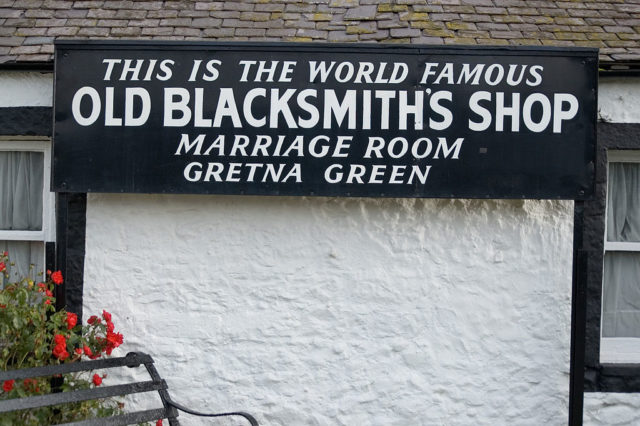
According to the Scottish law, “irregular marriages” were regular if a declaration was made in front of the both witnesses – a simple event that could be conducted by anybody. So, the blacksmiths in Gretna became known as “anvil priests”, culminating with Richard Rennison, who had performed 5,147 ceremonies.
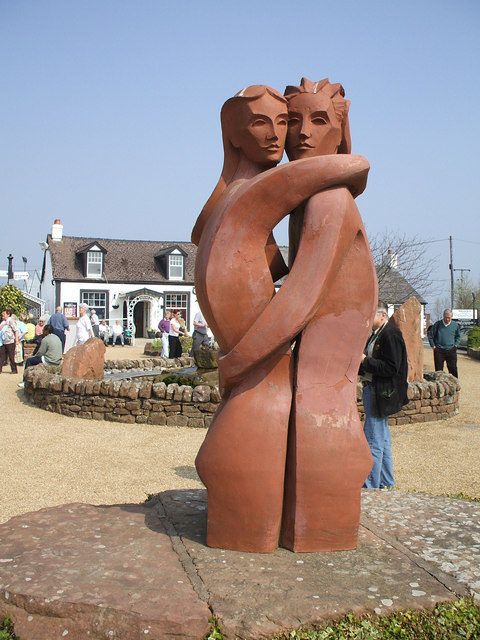
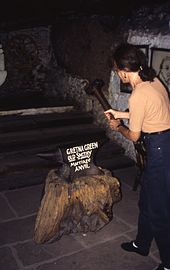
Forbidden romances and runaway marriages were popularized in the fiction of the time, for example in the novel “Pride and Prejudice” by Jane Austen. When Lydia Bennet elopes with George Wickham she leaves a note behind, stating that their intended destination is Gretna Green, though later they are found in London. Gretna Green is a destination mentioned in numerous books and movies.
